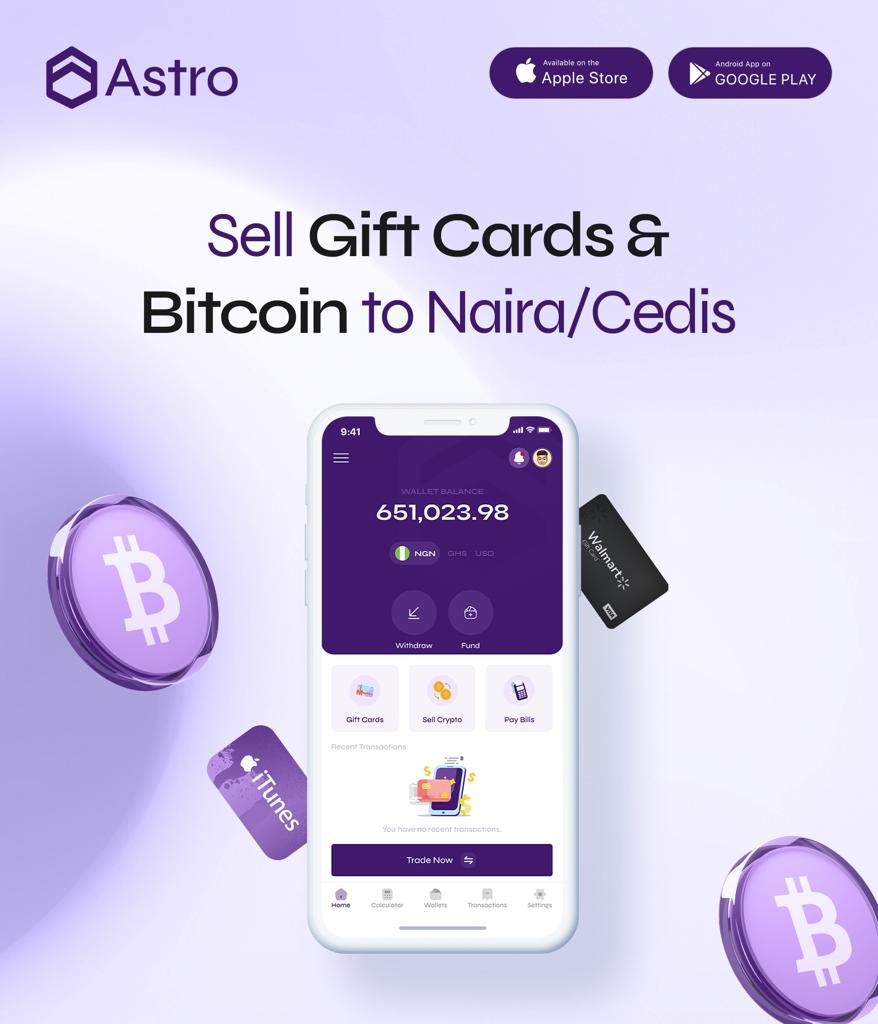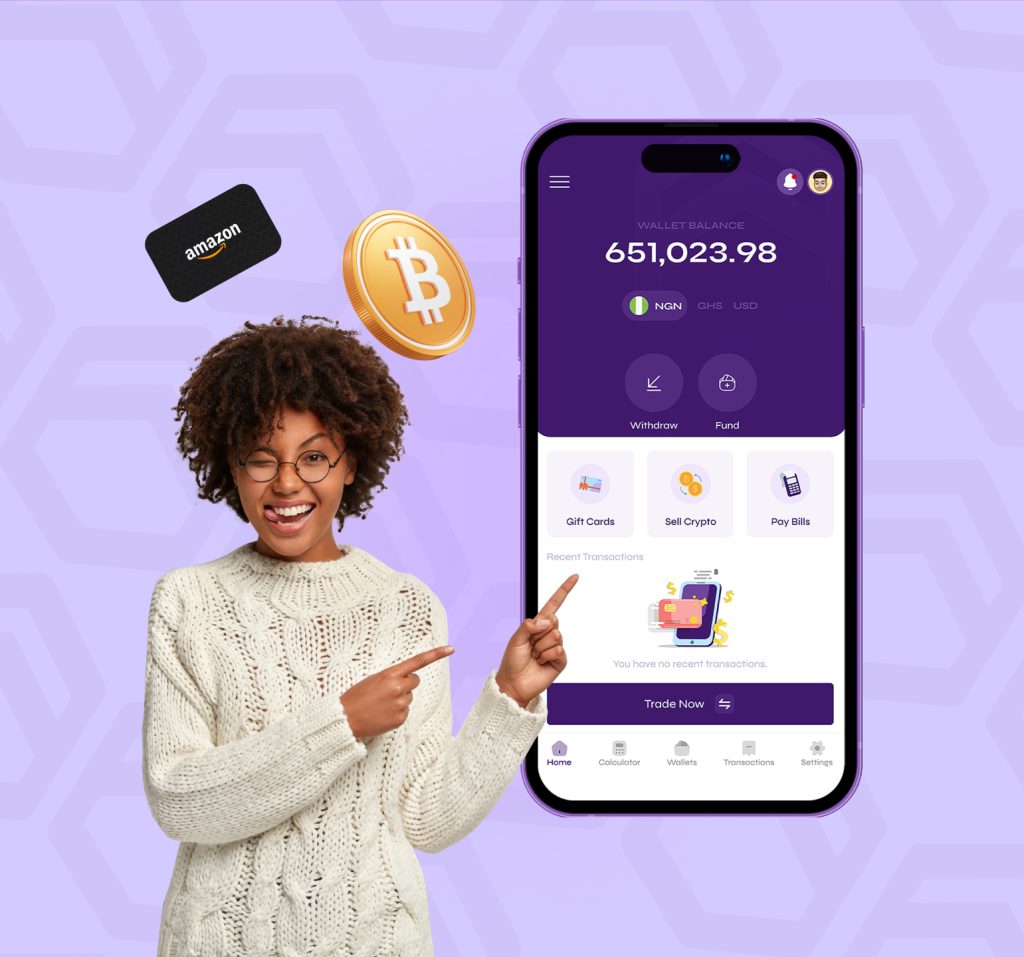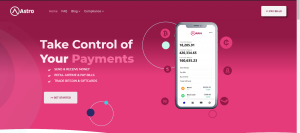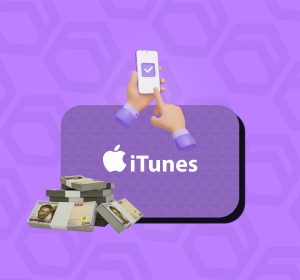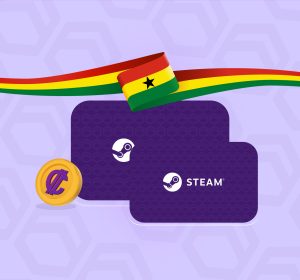Litecoin may not be as old as bitcoin but it has sure gained some prominence since its inception. It was created by Charlie Lee in October 2011. Due to its similarities with Bitcoin, Litecoin is often referred to as the “silver to Bitcoin’s gold”. While Litecoin and Bitcoin are both profitable crypto assets, there is one important difference that sets them apart. Litecoin has a faster block generation time. Bitcoin takes around 10 minutes to produce a new block, while Litecoin’s block time is 2.5-3 minutes.
Litecoin operates on a system of halving, as is the case with many other cryptocurrencies. The process of halving is built into the Litecoin protocol and occurs every four years. After the Litecoin halving of August 2023, the price of the asset dipped by 37%. Since then, the price of Litecoin has seen some significant improvements. Litecoin’s price surged past $94 on March 3rd, 2024, and has raised a lot of bullish sentiments that might propel the price towards $100 again.
Let’s dive deeper into what exactly this halving process is and why it’s important to know about it.
What is Litecoin halving?

In layman terms, Litecoin halving is simply the removal of subsidy from the cost of Litecoin mining. During Litecoin halving, the subsidy for mining every block is reduced by 50%. This event is recurring and takes place every 4 years or every 840,000 blocks. As mentioned earlier, this event is specifically programmed into the Litecoin protocol. Litecoin halving greatly impacts the supply and demand of the cryptocurrency and the rewards received by miners.
The number of LTC mined per block is reduced by half during Litecoin’s halving. This simply means that the rewards that miners receive for successfully validating transactions are cut in half. The main aim of Litecoin halving is to control the inflation rate of the cryptocurrency and create a predictable scarcity level that imitates precious stones like gold. This applies to every cryptocurrency.
Read Also: Where to sell Litecoin in Ghana today
Litecoin halving dates
Here are Litecoin halving dates since 2011.
- Litecoin’s genesis block was mined on Oct. 7, 2011, at which time the block reward was 50 LTC.
- Halving 1 took place on Aug. 25, 2015 at block 840,000, reducing the block reward to 25 LTC. At the time the price of Litecoin was just under $3 per coin.
- Halving 2 happened on August 5, 2019 with the mining of the 1,680,000th LTC block, by which time the price of Litecoin had reached $93.20. The second halving reduced the block reward to 12.5 LTC.
- Halving 3 is expected to take place around Aug. 2, 2023 at block 2,520,000 which will see the miner block reward drop to 6.25 LTC per new transaction block. As of late July, the price of a single Litecoin is hovering around $89.
- The next Litecoin halving is expected to occur in July 2027. The halving will occur at the block height of 3,360,000. At the time of this writing, Litecoin is at the block height of 2,621,556, about 738,400 blocks removed from the halving event. It is worth noting that the exact date and time might differ depending on the speed at which new Litecoin blockchain blocks are produced.
What does Litecoin halving mean for crypto traders?
The implications for users of this cryptocurrency primarily revolve around its value. The halving process plays a crucial role in maintaining stability by limiting the generation and circulation of new Litecoins. Consequently, the currency’s value tends to remain steady over time.
For miners, the implications are twofold. As the mining block rewards decrease, so does the profitability of mining. This reduction can result in a notable decrease in the number of active miners within the network. However, it can also drive up the currency’s value due to decreased Litecoin availability in the market.
Where to sell Litecoin in Ghana
If you’re looking for a trustworthy exchange platform for all your trading needs, Astro Africa is the ideal choice. It serves as a digital assets exchange platform in Africa, offering a convenient and seamless solution for exchanging gift cards and cryptocurrencies online. Fully automated, Astro Africa has the potential to become your primary platform for bill payments, trading, and converting cryptocurrencies into cash.
Astro Africa boasts a variety of features including rapid transactions, competitive exchange rates, a rate calculator, user-friendly interface, top-tier security, and efficient customer service. To get started, visit the Astro Africa website or download the app via Google Playstore or App Store.
